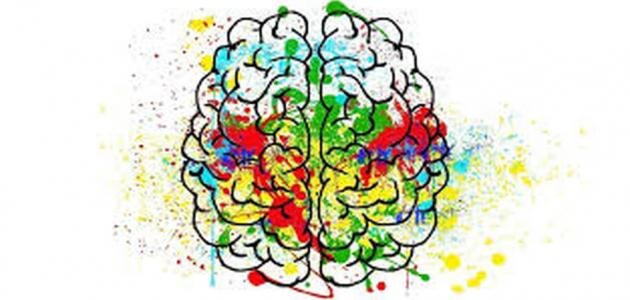Color semantics in psychology

Colors
Color is a specific feature related to the description of the different components found in nature, and color is associated with electromagnetic radiation for a certain set of wavelengths visible to the human eye, the radiation of these wavelengths is part of the electromagnetic spectrum known as the visible spectrum i.e. light, where the human eye can distinguish colors by the presence of light, and depends on the vision of colors In the way the human brain responds to visual stimuli, a person may see an object in red, and another sees it in orange, so color perception depends on vision, the presence of light and individual perception of people, but about the color semantics in psychology are many and multiple, and during the article the most prominent of these semantics will be recognized.
Color semantics in psychology
Color semantics in psychology are important things that scientists have studied to see the effect of colors on human behavior, mood and physiological processes, colors have a close relationship to feelings and stimulate memories, and the effect of colors has been applied in different areas such as marketing, even color psychotherapy, and the most prominent color semantics in psychology are as follows:
Red: Symbolizes love, courage, anger, hostility, or stimulation, which is one of the three primary colors, and has the greatest muji length on the spectrum of visible light, in some cultures red is associated with power, control and influence, and refers to danger, alertness and vigilance, so it is placed on traffic lights to make drivers alert, and is the most associated color of love and passion in almost all cultures.
Blue: Symbolizes trust, safety, sadness, and efficiency, blue is usually associated with calmness and serenity, symbolizes logic, communication and intelligence, as well as coldness and indifference, blue light motivates people to stay awake. Scientists have found that it is the blue wavelengths of sunlight that prevent the pineal gland from secreting melatonin during the day, a hormone that stimulates the body to feel sleepy and helps sleep.
Yellow: Symbolizes energy, hope, respect, fear, weakness, is a bright color and one of the most visible colors of the eye, linked to happiness and expresses optimism and creativity, attracts attention and points to caution, so it is used in traffic lights, school buses and taxis, and yellow may sometimes be associated with fear and disease.
Green: Symbolizes health, empathy, ambition, prosperity, and surrender, located between yellow and blue on the visible spectrum, represents balance, green spring color and is usually associated with life, fertility and nature, and expresses safety, prosperity, wealth and luck, is a comfortable color, has a calming effect that relieves tension, and the negative connotations of green color greed, jealousy, indifference and inactivity.
Black: Symbolizes gloom, hostility, coldness, safety, and emptiness, black absorbs all the cute wavelengths of visible light, expresses mystery, is associated in many cultures with fear, death and evil, and may mean power, power, seriousness and independence, a color usually associated with sadness and negativity.
White: White symbolizes purity, perfection, cleanliness, coldness, and goodness, is the antithesis of black as it reflects all the gentle wavelengths of visible light, in some cultures associated with sadness and death, and in other cultures represents joy and purity peace, spirituality and faith, highlighting the negative connotations of white color solitude and emptiness.
Color therapy
Based on the color semantics in psychology and their different effects on the human psyche, these studies have been employed in various areas, for example, the design of public institutions such as schools, where black panels have been abolished and replaced with green panels, colored rooms can help treat certain psychological disorders,colors such as yellow and green can stimulate employees in their workplaces and give them positive energy,physicists explain light as part of the electromagnetic energy spectrum Therefore, color is a form of radioactive energy.
As humans are living organisms that absorb and absorb energy, colors can have different effects on the human psyche. Many psychologists say that the body radiates energy outside the visible light spectrum, surrounds the body in the form of an aura, and that some have the ability to see this aura and interpret its meaning.